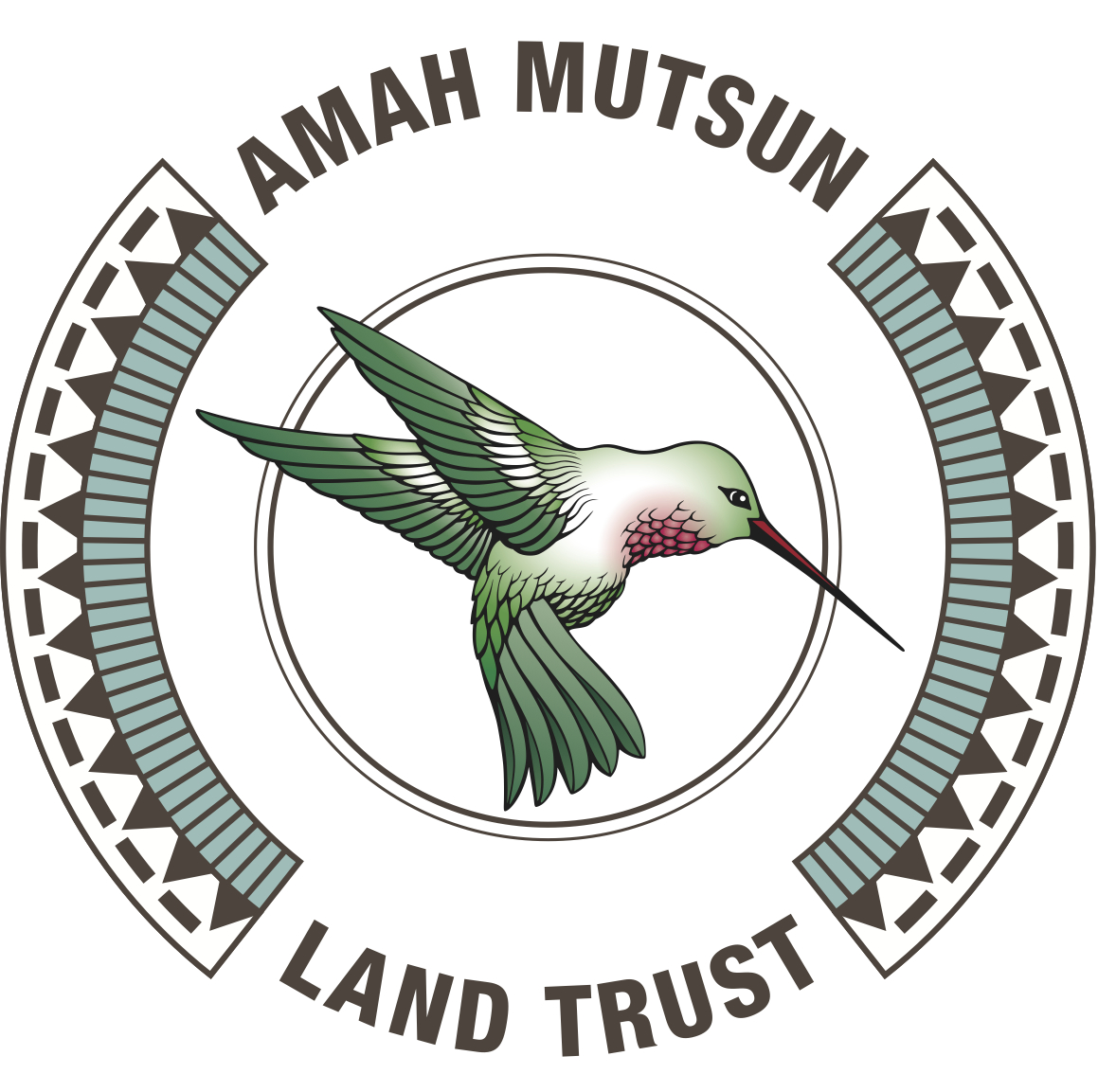Winter 2020 Newsletter
Ethnobotany Stories
By Alexii Sigona
Ethnobotany is the study of the human relationship with plants. Each AMLT newsletter will highlight a native plant that is used by the Amah Mutsun. We hope you enjoy learning more about the useful and culturally significant plants all around us.
Mutsun name: yarkas
English common name: tarweed
Botanical name: Madia spp.
Tarweed (yarkas) is an annual herb that grows up to 8ft tall with a yellow flower. The habitat for tarweed is predominantly grasslands and nearby areas. Tarweedlikes disturbed grounds. Tarweed can be identified by spikes of sticky yellow flowers, and stalkless lance shaped leaves with thick veins underneath.
Western mono elders recalled these as plentiful after fire burned. To increase abundance of tarweed for food the north fork mono burned in the fall. Ohlone also spoke about pinole and how tarweed was so oily that the particles adhered together with no need for water to make the pinole. Seeds were also ground to be used more like flour. Tarweed was also used as a cooking agent (the oil from seeds) by tribes near Mendocino.
Since tarweed likes disturbed areas, prescribed fire or fire mimicry tactics are useful for tarweed. Hemlock, a poisonous plant, likes to grow near tarweed and needs to be eradicated before it is safe to harvest tarweed seeds for food.
Please do not reproduce this material without permission.

